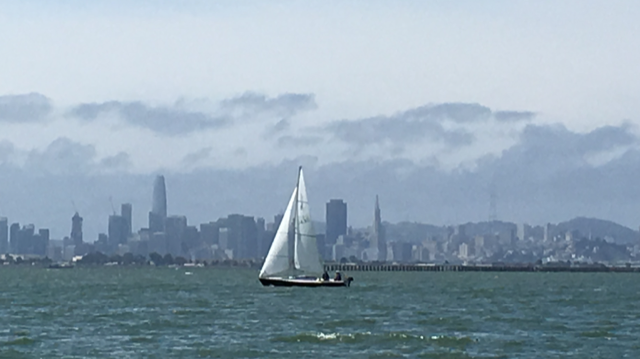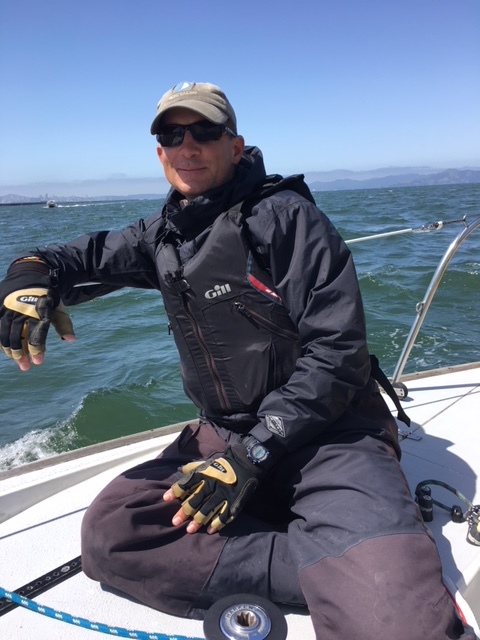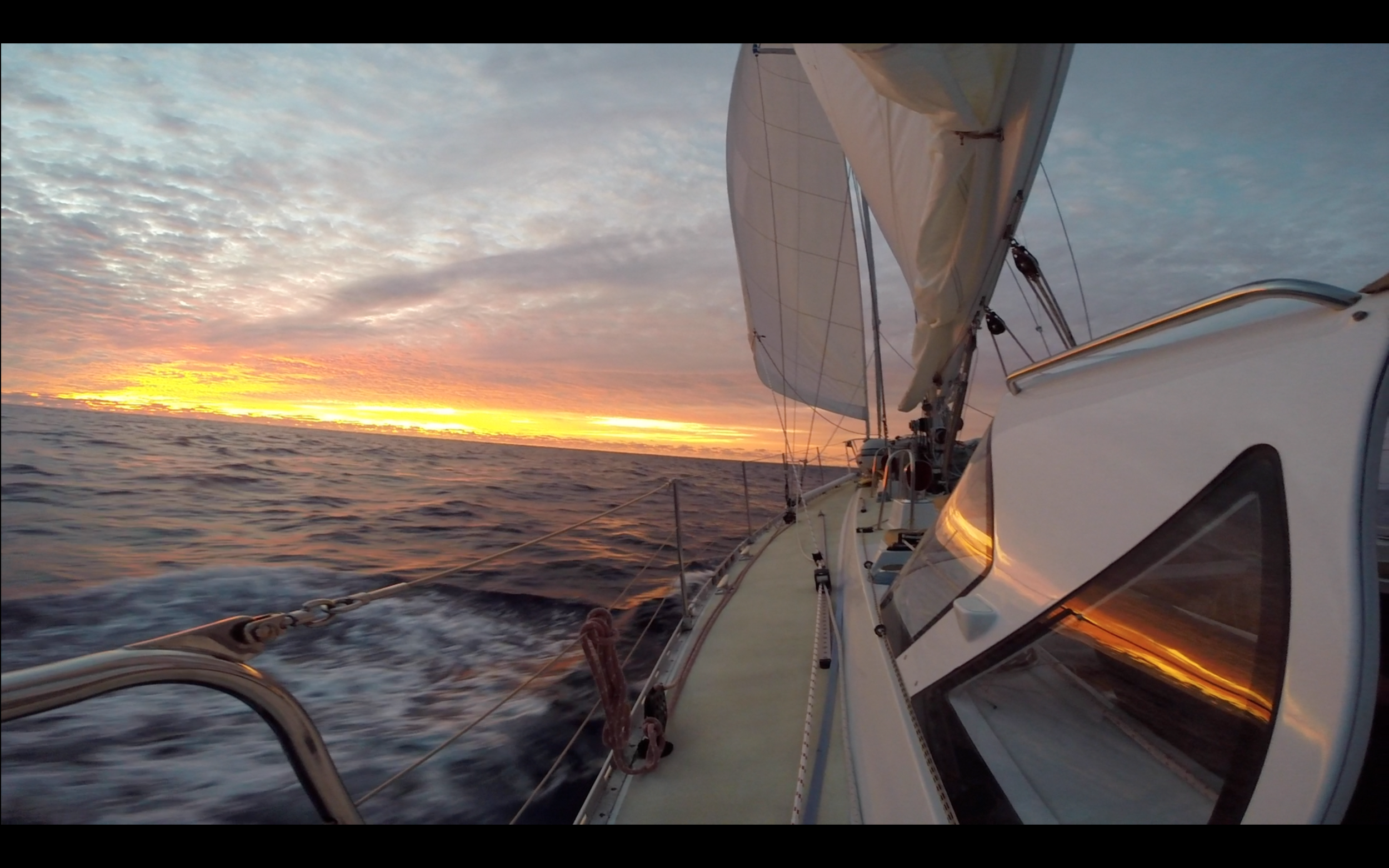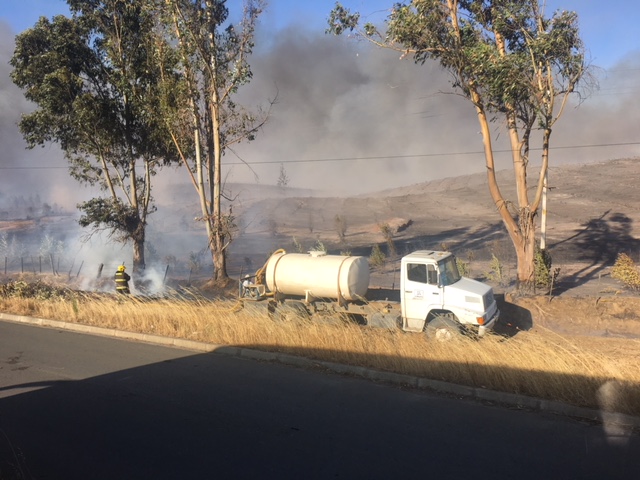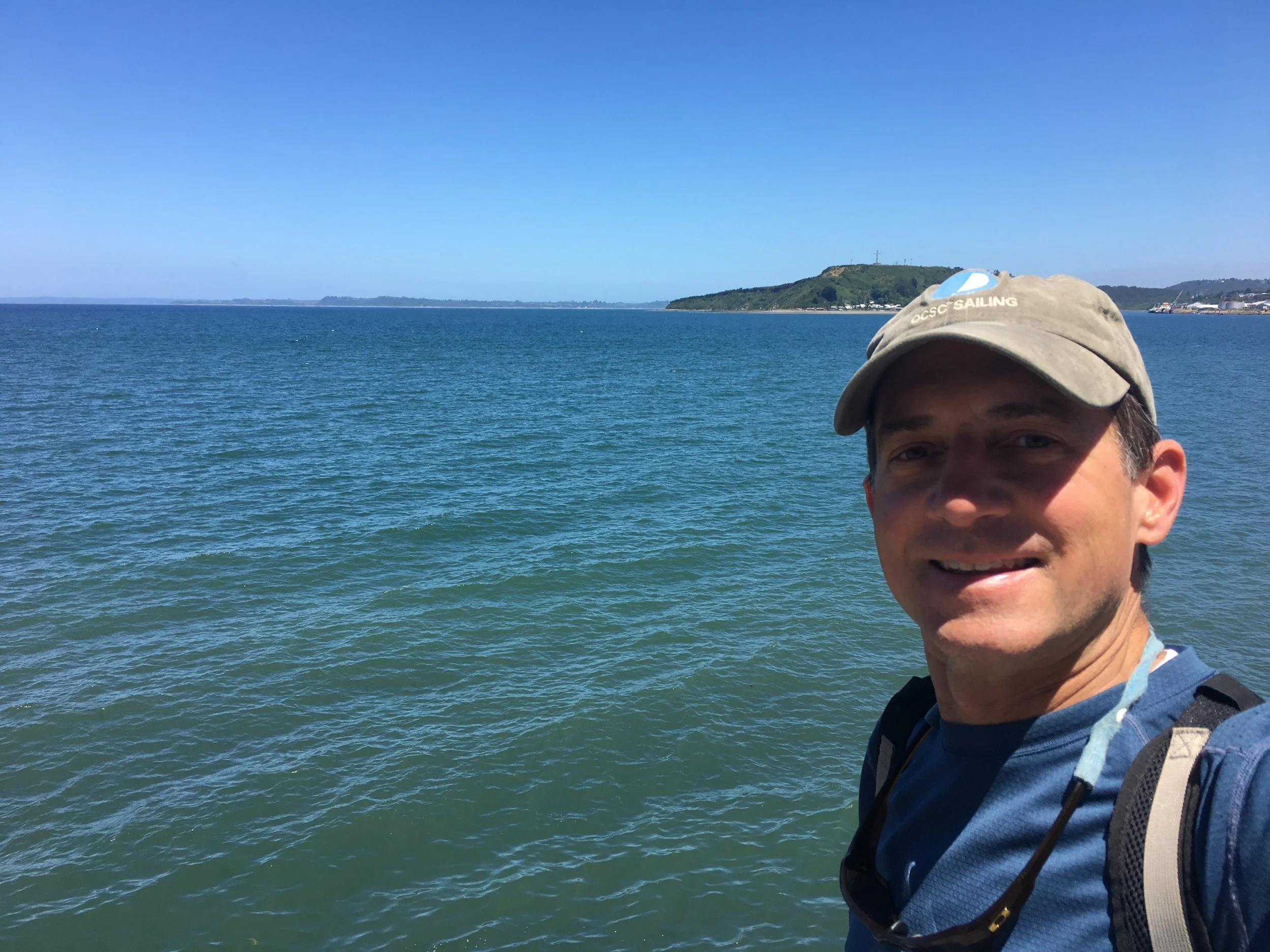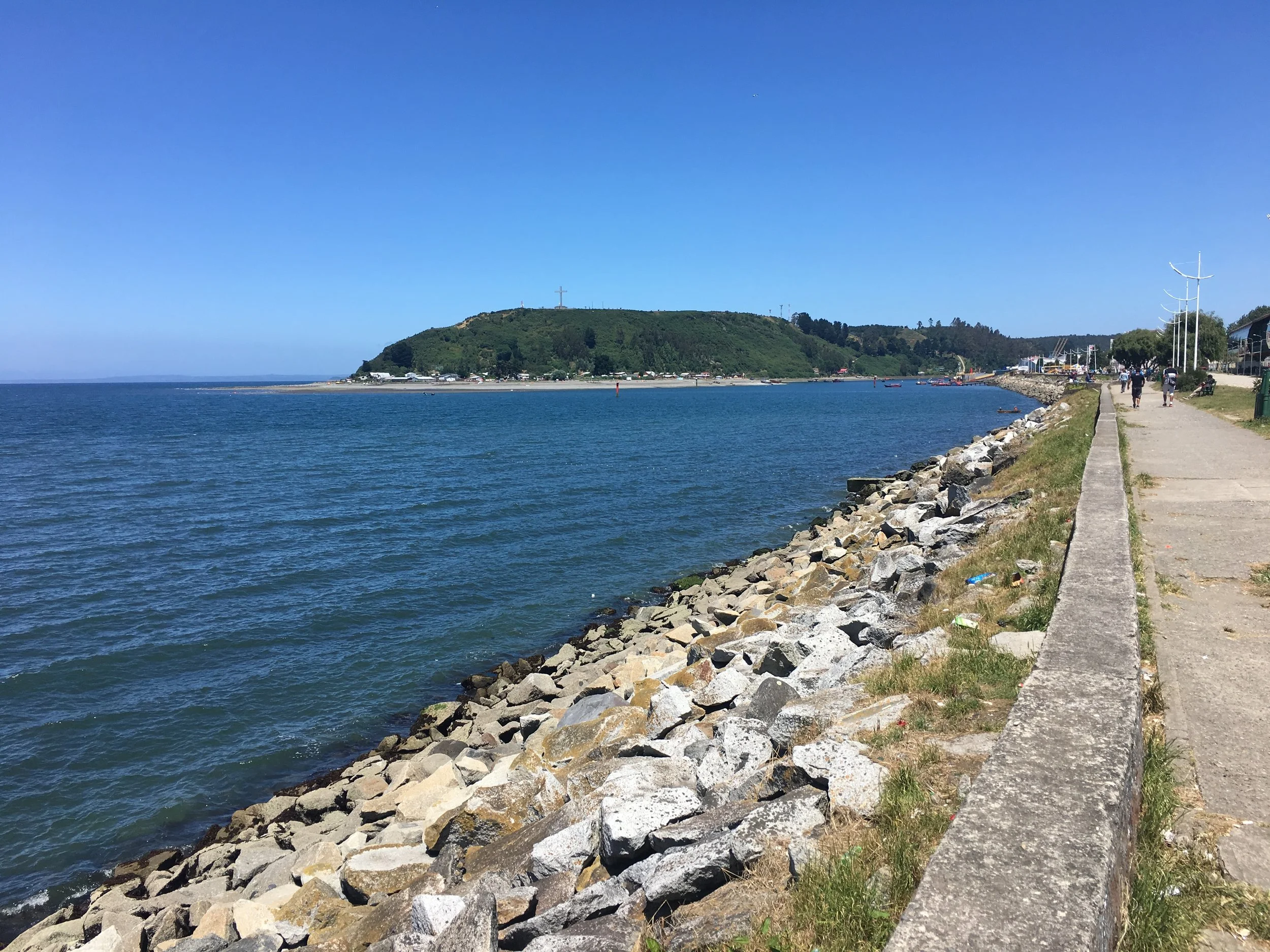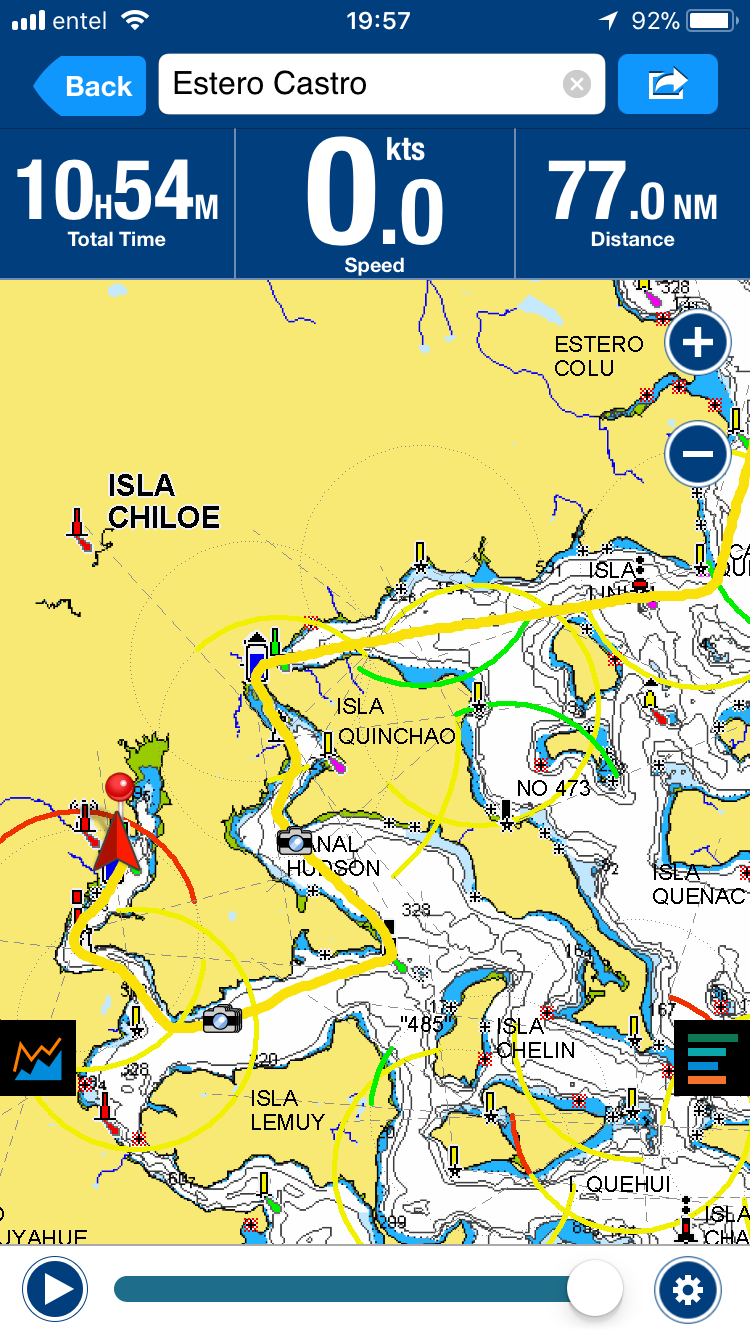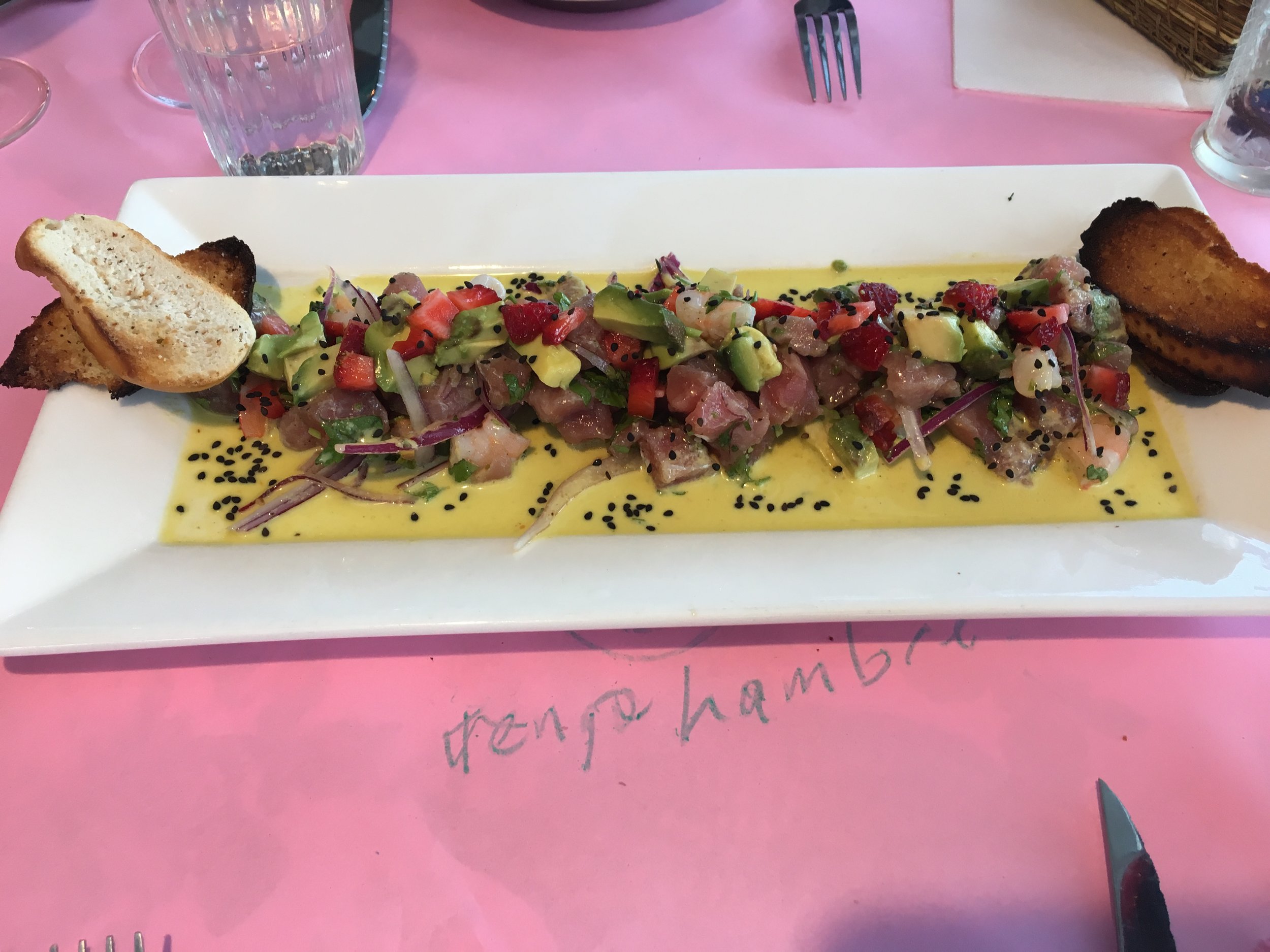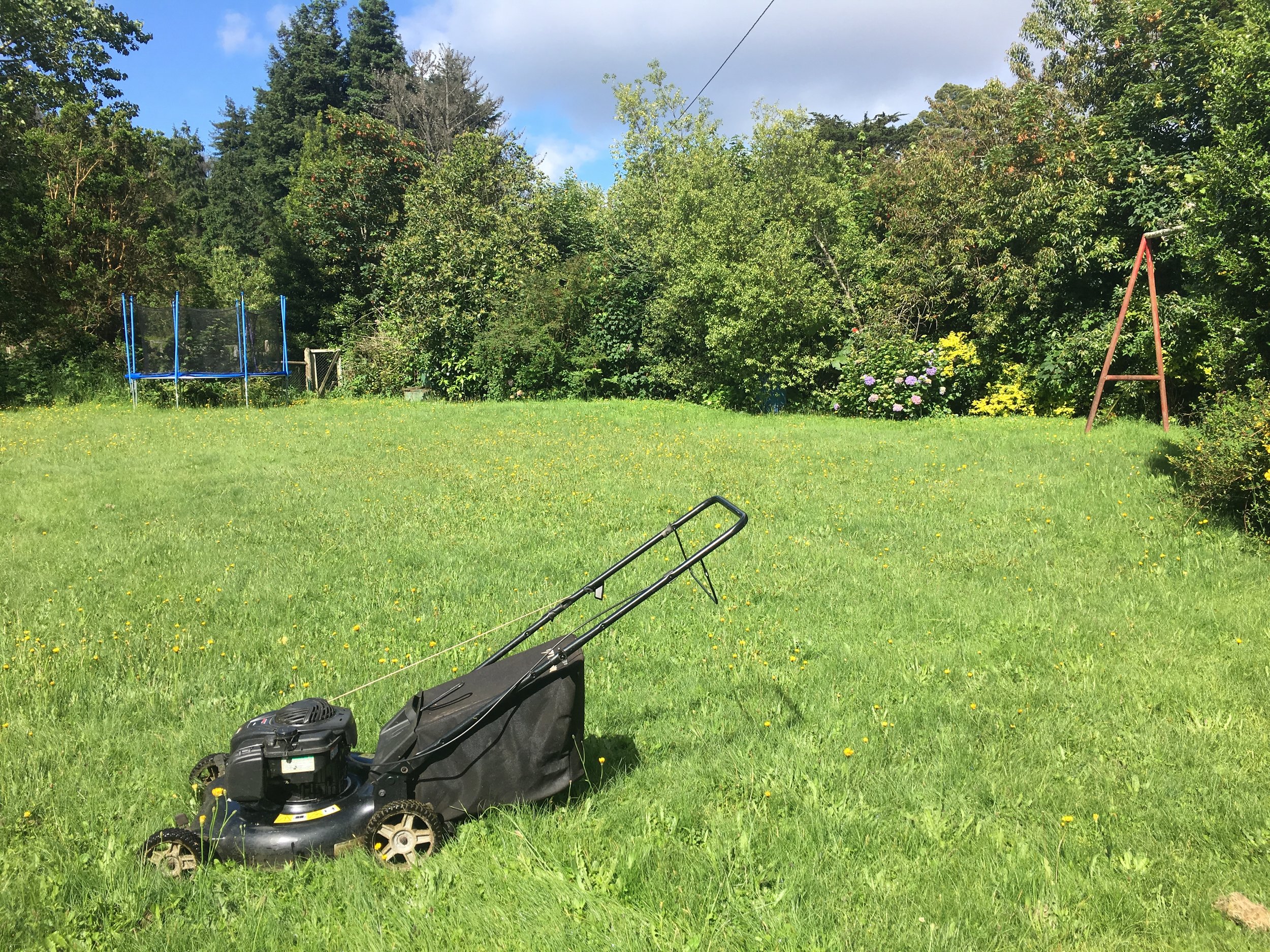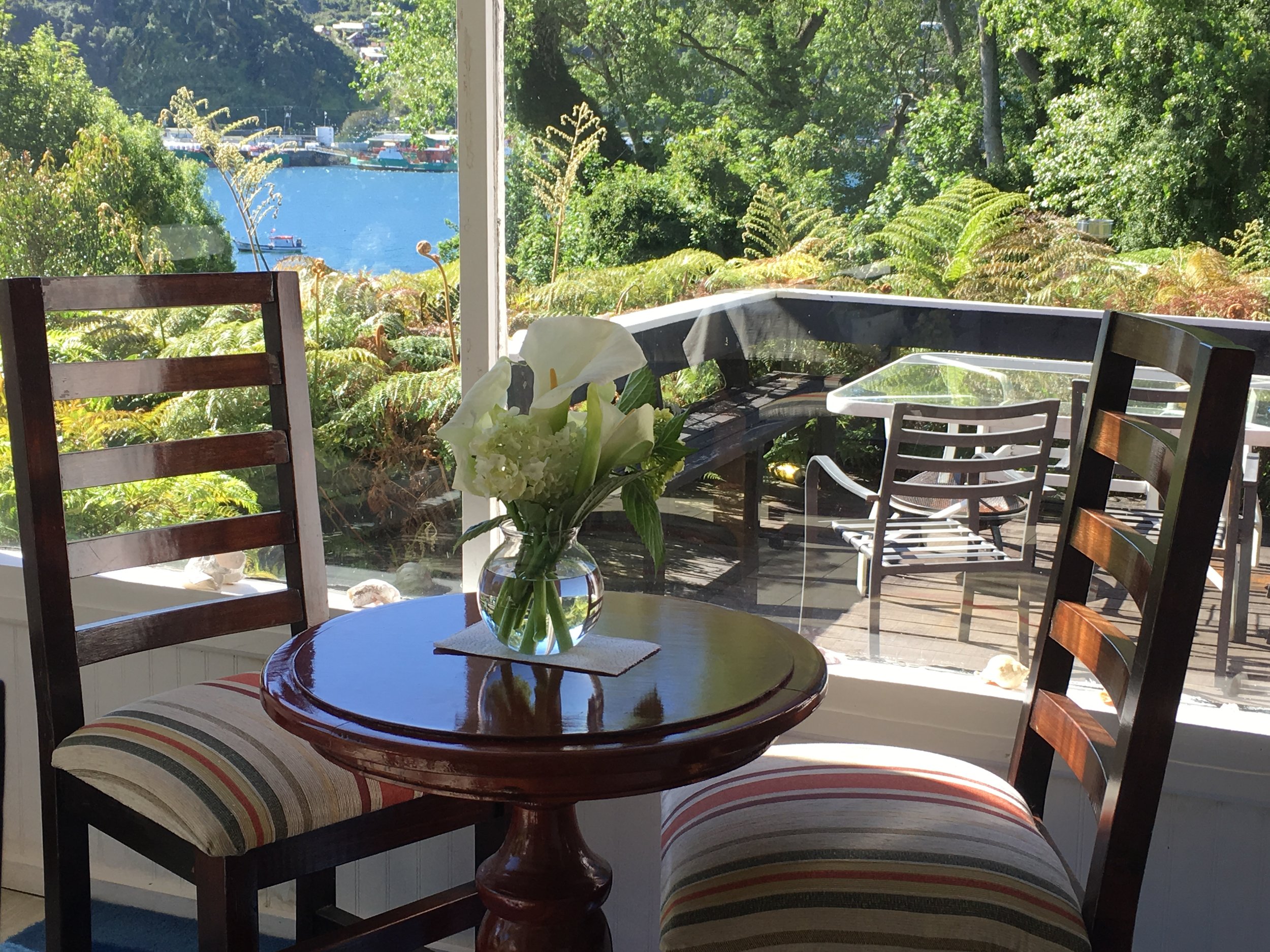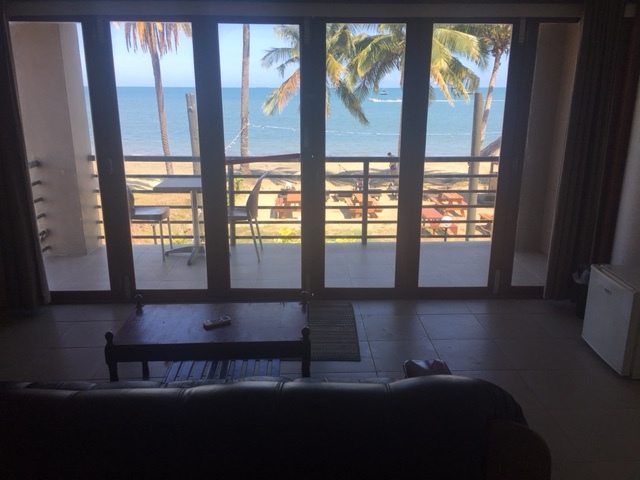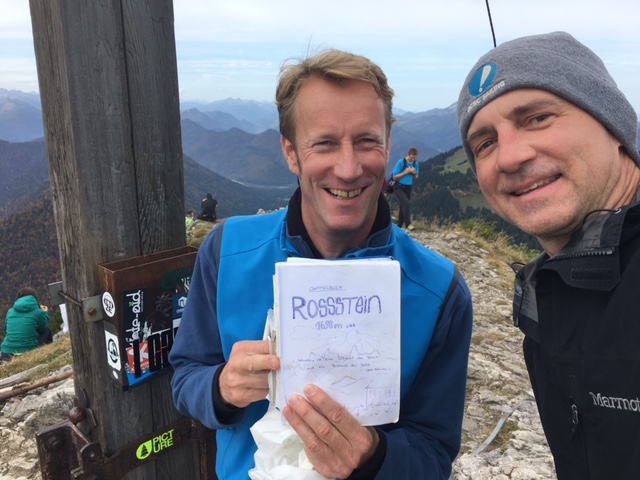Border Crossing...Drama?
/Since my last update, I spent five pleasantly uneventful days in Belgrade, Serbia, highlighted by some fantastic meals, interesting museums, and multiple sidewalk cafes. It was great to settle into an apartment (One Luxury Suites - highly recommended!) for a few days, do some laundry, and reorganize my bags.
As Sunday, September 9, arrived, I decided to begin my journey back west toward Croatia. I would continue the clockwise circle I was making through parts of former Yugoslavia. From Belgrade, I would swing down to Sarajevo in Bosnia and Herzegovina, and then on to Mostar.
Well, let’s get to Sarajevo first. It was going to be a 7-hour bus ride, with the bus leaving Belgrade at 4pm and arriving in Sarajevo around 11pm. Given the late evening arrival, I made sure to book a hotel ahead of time. I wasn’t quite as diligent as I should have been on directions to the hotel… more on that later.
I bid farewell to the apartment manager in Belgrade, and headed to the main bus terminal. I had purchased my ticket ahead of time, since now I was on a bit of a schedule to get all the way back to Croatia before the sailboat charter starts.
To my delight, the bus was not crowded. I took an empty row in the 3rd row from the back, with no one behind me. I sat back, ready to enjoy to journey.
Within minutes of leaving the bus station, I noticed a silver Mercedes Benz speeding alongside our bus, with the car’s driver honking, waving, pointing, and yelling - apparently trying to get the bus driver to pull over. “Was something wrong with our bus?” I thought.
We pulled over to the shoulder and the bus driver got out to talk with the frantic Mercedes Benz driver. Soon, four gentlemen emerged from the sedan, flashed some passports and papers to the bus driver, debated a bit, and then boarded our bus. Were they just running late?
The four of them took the two rows behind me, each taking one of the four window seats. They didn’t want to talk to each other? They just wanted to enjoy the view?
They stored three small day-packs in the upper luggage bins over our heads. Three small backpacks for four people? Going to a destination 7-hours away? Even if it was just an overnight trip, man, that is packing light!
Things were pretty quiet for the next 2-3 hours. The late-arrivers sat quietly, maybe one or two even dozed off. Or maybe I did.
Pause here. Let me explain border crossings on a bus.
Border crossings on a bus are interesting and usually happen one of two ways. Sometimes, everyone gets off the bus with passports in hand and files through a passport control station (like at an airport). Then the bus pulls forward through the gate and everyone re-boards the bus. Other times, a passport control officer comes on board the bus, collects passports, and takes them back to the office where all the documents are scanned. Then the officer comes back onto the bus and returns the passports to their rightful owners.
Whichever way it is, it happens TWICE for each border crossing. Once for the departure country, and once for the arrival country.
For the crossing from Serbia to Bosnia and Herzegovina, the passport control officer boarded the bus and collected the passports. We all sat patiently, and he came back as usual a few minutes later, but not will all the passports… with only three passports. He walked down the aisle, straight to the back of the bus, and asked three of the four late-arrivers to step off the bus with their backpacks.
The fourth member of the group was an older gentleman, maybe the young men’s father; I don’t know but he just sat quietly as his companions exited the bus and went into the border patrol building.
We waited, and waited. I presume the young men were being questioned and perhaps searched. Twenty minutes passed. Thirty minutes passed. As we waited, the older man behind me received a phone call on his mobile. In a hushed voice, he spoke Serbian or Bosnian (?) to whomever was on the other end.
Obviously, I couldn’t understand, but my imagination went wild.
“Did you make it? Are you in the clear?”
“We are at the border now. They boys got called off the bus. We’ll see."
“Ok. Good luck.”
Finally, after about forty-five minutes, the young men emerged from the building, arms crossed, heads down, looking very serious. For a moment, I thought, “They got caught. They aren’t getting back on.”
But they did get back on! As they walked down the aisle toward the back rows, their serious faces turned to sly smirks. Maybe I was imagining things, but I swear it looked like they had just fooled someone.
As they sat down, they weren’t quiet anymore. They were very chatty amongst themselves and with the older gentleman. I presume they were exchanging stories of what went on in the border patrol building.
Minutes later, the older man’s phone rang again.
“Clear?”
“Yep, we made it.”
“Good, proceed to the rendezvous point.”
I’m sure the truth of the situation was perfectly harmless. Well, pretty sure. But it made for an interesting bus ride.
The adventure didn’t stop there, though. Because of the delay, we didn’t arrive in Sarajevo until nearly midnight. I had about 2km to walk to my hotel, in the dark, in a foreign city, with only a high level screenshot of a map. Even if the screenshot had street names, it probably wouldn’t have mattered because street signs in this part of the world are the exception, not the rule.
Yes, I could have flagged down a taxi, but that’s just too easy. The high-level map indicated the hotel was southeast from my location. I tightened up my laces, adjusted my backpack straps, and set off into the night…
These guys flagged down our bus from a speeding Mercedes Benz, and came aboard. Then they managed to cross the border. It’s probably all legit, but for a while I had my doubts…























